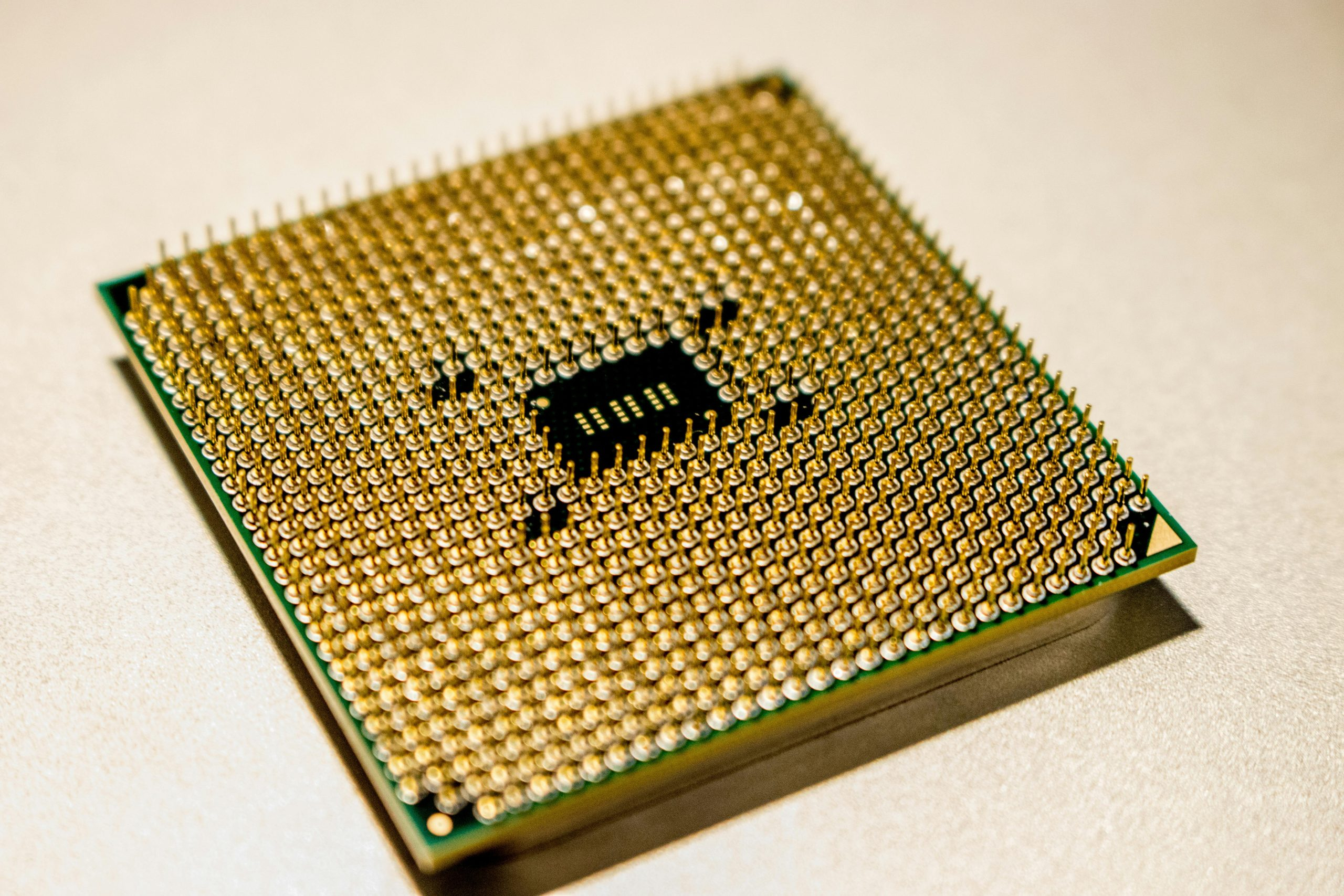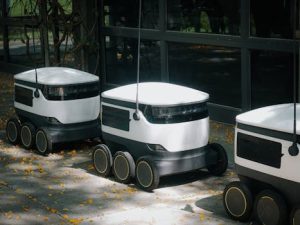Integrating Technology Without Overload
Welcome to the digital age, where technology is constantly evolving and becoming an integral part of our daily lives. From smartphones and laptops to virtual assistants and smart homes, technology has revolutionized the way we live, work, and communicate. However, with the influx of new and advanced technology, there comes the risk of information overload. As we strive to keep up with the latest trends and tools, many individuals and businesses find themselves struggling to integrate technology without becoming overwhelmed. In this article, we will explore how to seamlessly incorporate technology without succumbing to overload.
Understanding the Concept of Technology Overload
Before we dive into the strategies for integrating technology without overload, it’s crucial to understand the concept of technology overload. Simply put, technology overload occurs when the amount of information we receive and process from technology overwhelms our capacity to handle it effectively. This can lead to stress, burnout, and decreased productivity.
In today’s fast-paced world, we are bombarded with an endless stream of information from various sources such as social media, emails, and notifications. As a result, our attention is continually divided, making it challenging to focus and process all the information effectively. The constant distractions and interruptions from technology can also lead to mental fatigue and information overload, making it challenging to retain and recall important information when needed.
The Impact of Technology Overload
Technology overload can have significant consequences on both individuals and businesses. From a personal standpoint, it can lead to increased stress, anxiety, and physical health issues. The constant bombardment of information can also affect our relationships and overall well-being.
On a business level, technology overload can result in decreased productivity, disengaged employees, and ultimately, a negative impact on the bottom line. With the rapid advancements in technology, it’s essential for companies to stay current and utilize the latest tools and platforms. However, integrating too much technology without proper planning and considerations can result in a chaotic and overwhelming work environment.
Strategies for Integrating Technology Without Overload
1. Prioritize and Choose Wisely
Before jumping on the bandwagon of the latest and greatest technology, it’s crucial to prioritize and choose wisely. Assess your needs, both personal and business, and determine which technologies are essential and will bring the most value. Remember, more technology does not always equate to better results.
When selecting technology solutions, consider your current capabilities, compatibility with existing systems, and the learning curve for both yourself and your employees. It’s also essential to have a clear understanding of the purpose and desired outcomes of implementing the technology to avoid unnecessary overload.
2. Set Boundaries and Disconnect
Constant connectivity and the fear of missing out (FOMO) can contribute to technology overload. It’s crucial to set boundaries and disconnect from technology regularly. Set designated times to check emails, social media, and other notifications instead of constantly being connected and responding to every beep and buzz.
Designate “no-tech” zones or times during the day, such as during meals or before going to bed, to disconnect and recharge. This not only allows for a break from technology but also promotes a healthier work-life balance and improved well-being.
3. Invest in Training and Support
Technology is constantly changing and evolving, and it can be overwhelming to keep up with the latest advancements. Investing in proper training and support for yourself and your team is crucial for successfully integrating technology without overload.
Encourage continuous learning and provide resources for employees to stay up-to-date on new technologies and tools. This not only enables them to utilize technology effectively but also boosts their confidence and productivity.
4. Simplify and Streamline Processes
Technology should make our lives easier, not more complicated. If your processes are overly complicated, it may be time to reevaluate and streamline them with the help of technology. Utilize automation and tools that can simplify and streamline tasks, freeing up time and mental space for more critical tasks.
Integrating technology should not lead to more work or overwhelm. Instead, it should help improve efficiency and productivity for both individuals and businesses.
In Conclusion
Integrating technology without overload may seem like a tall order, but with the right strategies and mindset, it’s achievable. It’s essential to prioritize, set boundaries, and invest in proper training and support to ensure a seamless integration. Remember, technology should serve as a tool, not a burden. By implementing these strategies, you can embrace technology and reap the benefits without falling victim to overload.










